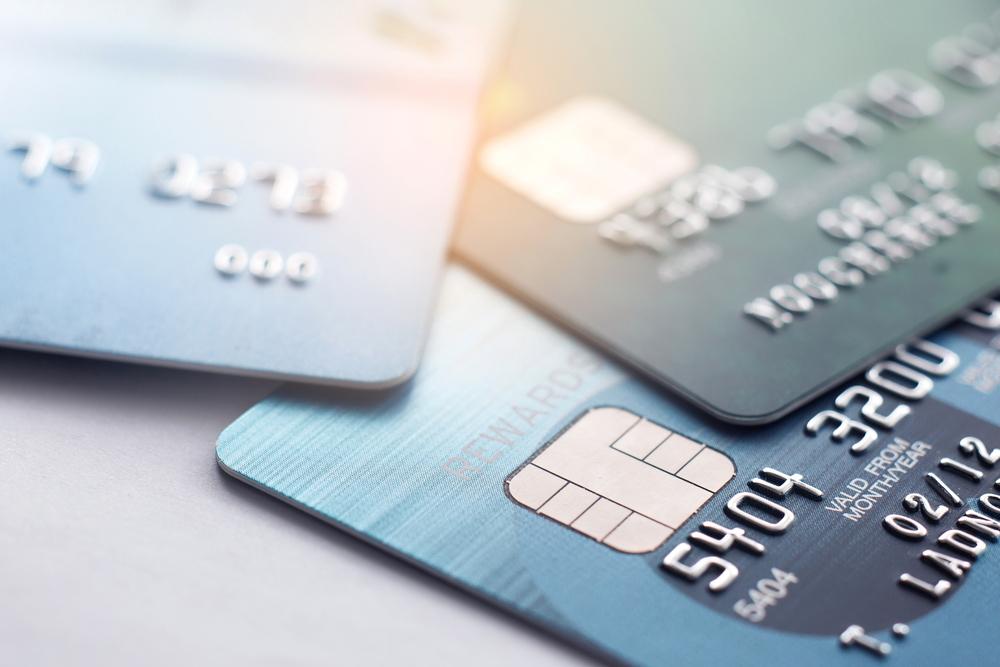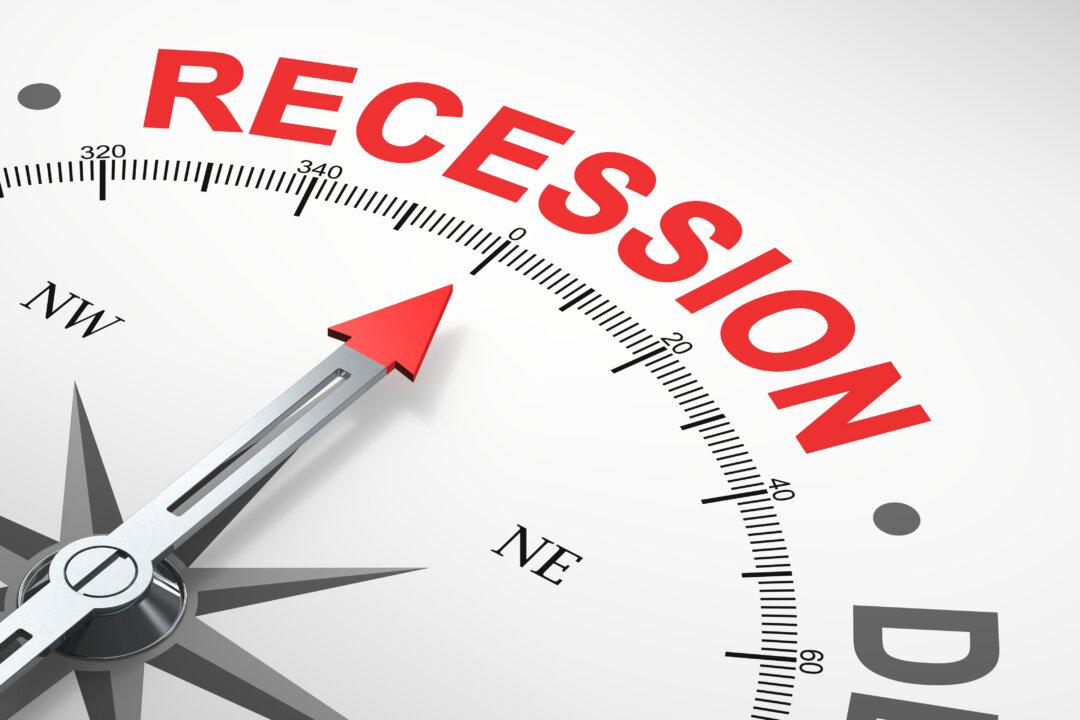Credit card debt has hit the highest amount ever in history at $1 trillion. Prices of goods and services are still too high, which is leading to the average person relying more on their credit cards. Typically, increases in card credit usage is an indication of underlying financial problems for the ordinary consumers, such as not paying bills on time.
The average American also fails to discuss their credit card financial woes. About two out of five Americans feel embarrassed to talk about their increasing credit card debt. According to creditcards.com, a survey conducted by Bankrate online showed about 15 percent spend more money than their spouse will be okay with, and 9 percent stated having secret credit card debt. Delinquency rates are on the rise, as 43 percent of credit card holders only pay the minimum amount each month. Fifty-four percent of people also believe a partner with debt is a reason to consider divorce. According to Bankrate, typically households that are generating six figures or more in income are typically the longest in debt. Credit card debt is a huge problem, so discussing personal finance issues is a topic that has to be in the forefront for many people.






